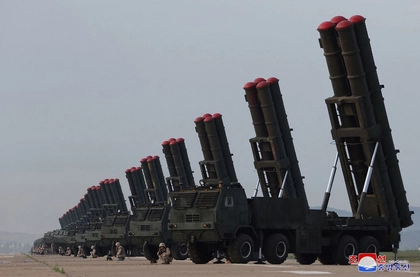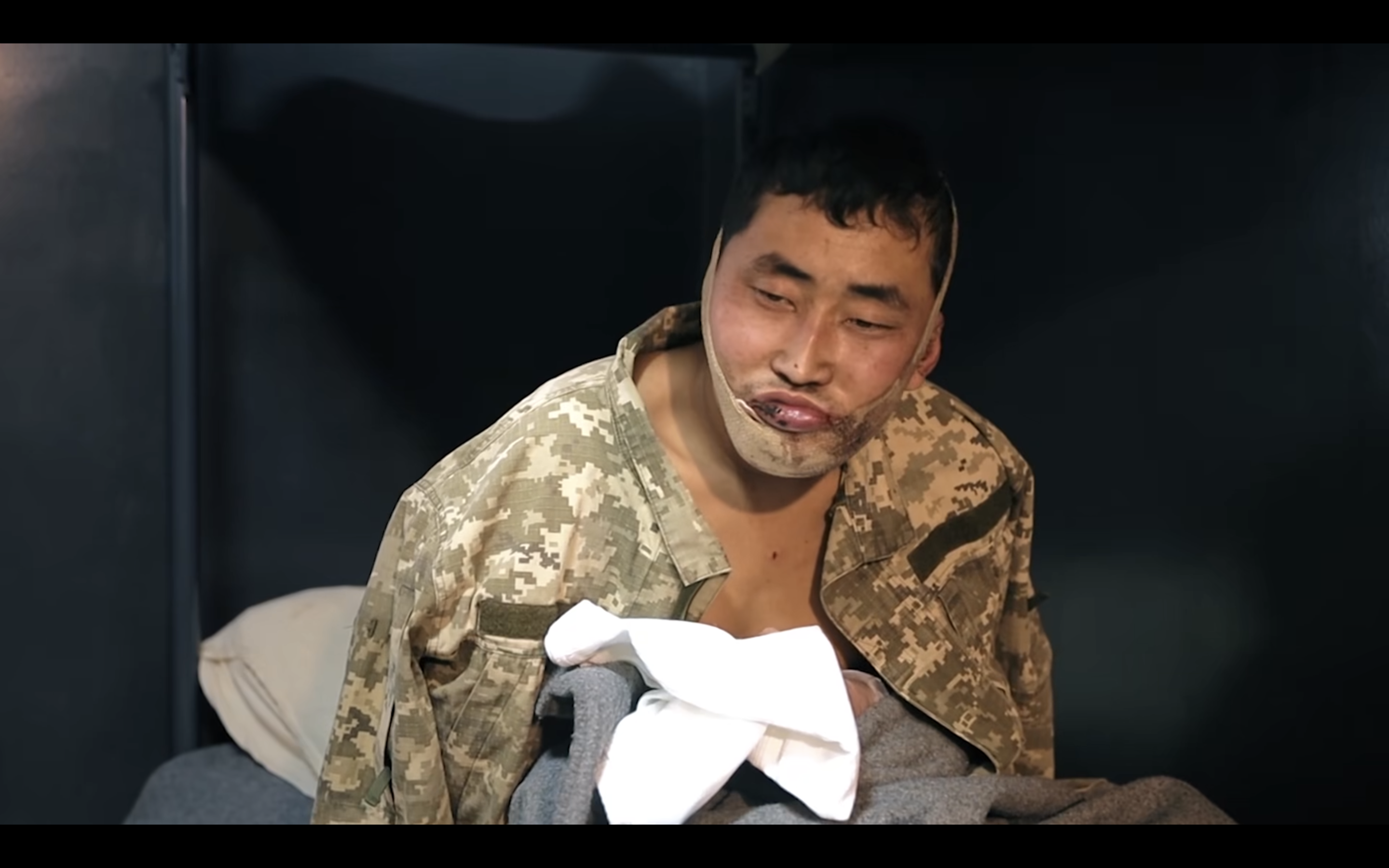In the recent presidential debate, Donald Trump alluded to the “millions” who were killed in the war and that the war would never have been started had he been president.
In an interview with Elon Musk, Trump, to prove his “toughness,” quoted a conversation he had with Putin. According to Trump, he dissuaded Putin from invading Ukraine by saying: “Don’t do it, Vladimir.” And then he threatened Putin with “things he would do” in response. Putin, in turn, said “no way,” and Trump said “way.”
JOIN US ON TELEGRAM
Follow our coverage of the war on the @Kyivpost_official.
John Bolton, Trump’s former National Security Advisor, thinks that this conversation is “another case of Trump making things up because he wants to show he’s the big alpha guy,” but “Putin would take Trump to the cleaners.” As a side note, the image of Putin and Trump talking like teenagers evokes laughter… and incredulity.
Putting humor aside, the issue of who will bear the historical responsibility for the war is critical. The “war” to which I refer in this opinion piece is the full-scale invasion of Ukraine in February 2022. However, history is a continuum in which one event “begets” another.
The war began as a thought in Putin’s mind to restore the USSR and “reclaim” lost territories. It became more likely when President Bill Clinton and Boris Yeltsin pressured Ukraine into relinquishing its nuclear arsenal in exchange for a two-page Memorandum signed by the US, UK, and Russia “assuring” Ukraine’s sovereignty and territorial integrity.
Davos Power Hour: Zelensky’s High-Stakes Talks for Ukraine
Although Ukraine did not need ICBMs, its tactical and short-range nuclear missiles would have provided adequate deterrence against Russian invasion. Subsequently, Clinton regretted the Memorandum, stating that Ukraine’s fear of an expansionist Russia was justified.
Twenty years later, in 2014, when Russia attacked Crimea and Donbas, the US and EU’s response was crucial. Barack Obama urged Ukrainian authorities to stand down so as not to “provoke” Putin, assuring them that his administration would take care of the matter through sanctions. He implemented some sanctions and provided annual funding for strictly non-lethal military aid, but none convinced Putin that the US or NATO would seriously intervene.
What had started as a mere thought in Putin’s mind became a reality. All that was needed was time to build up his strength and the conditions to complete his dream of reclaiming Ukraine. It now became his obsession.
The “right conditions” for the war included the construction of an $11 billion gas pipeline (Nord Stream 2) to obviate the need for Ukraine’s pipeline as the primary conduit for gas delivery to Europe. Putin had long recognized the strategic importance of leveraging Russian energy resources to exert influence over Europe and serve as a tool of coercion. After completion, Putin could supply 60% of Europe’s gas and earn $100 billion in revenue (30% of Russia’s federal budget) without paying transit fees or relying on Ukraine.
The war began as a thought in Putin’s mind to restore the USSR and “reclaim” lost territories.
The US, EU, Poland, Ukraine, and the Baltic states were apprehensive and unhappy with the project – strongly supported by Germany’s Angela Merkel – because of the risk to Europe’s national security. This geopolitical interest was a significant contributing factor to the war. In particular, Russian dependence on Ukrainian gas transit would no longer constrain its policies toward Ukraine. Ever cautious, Putin would not risk an attack on Ukraine before NS2’s completion for fear that a significant part of his revenue and its very completion would be at risk.
The NS2 pipeline, planned during Obama’s administration, saw its construction begin and near completion under Trump’s administration. The bipartisan opposition to the pipeline was so overwhelming that Congress, fearing Trump’s inaction, enacted the Countering Russian Influence in Europe and Eurasia Act of 2017, calling for the project’s cancellation and imposition of sanctions.
While causing delays, these sanctions did not halt the project’s progress. A new package of sanctions was enacted under the Protecting Europe’s Energy Security Act of 2019. Still, by then, the Swiss manager of the project had withdrawn, and Russia and Germany completed the remaining distance. A senior State Department official claimed that the administration “could have used several sanctions tools... but chose not to” and “waited until its very last day in office” to do so, too late for these sanctions to stop the project.
After President Biden took office in January 2021, he imposed sanctions on eight persons and four Russian ships and identified 17 vessels as blocked property. However, Secretary Blinken acknowledged it was too late to stop the project. This move caused a further rift between the EU and the US. Though the pipeline remained unpopular in Europe, Trump’s attacks seemed to cause European leaders to rally around the project.
In March and April, Russians began massing personnel and military equipment near Ukraine’s border. In May, Biden, explaining that maintaining sanctions would prove ineffective in stopping the project and in the interest of restoring good relations with Germany and the EU, would waive the sanctions. NS2 was completed in September, and Russian troops began large-scale exercises and deployments the following month.
Garrett Graff, a historian and journalist with expertise in national security and Cold War issues, suggests that another “key reason” Putin launched the invasion was “the extent to which the West had been weakened and destabilized, democracy undermined, and political divisions sowed, in the five years since he attacked our election in 2016.”
Trump had praised Putin for the takeover of Crimea and predicted the quick fall of Ukraine. He sowed doubt about Russia’s downing of MH17, which killed 298 people, even when US and European officials concluded that Russia was complicit. Trump’s campaign chairman, Paul Manafort, collaborated with Russian intelligence on a “peace plan” for Ukraine as a “backdoor” for Russia to control eastern Ukraine. Trump withheld $400 million in military aid to Ukraine unless Zelensky did him a political “favor.” The 210 javelins he sold to Ukraine is a mere drop compared to the amount of military support Biden provided before and after the invasion.
Nonetheless, Trump’s actions and statements, often in support of Putin, had a significant impact on the perception of the conflict and the actions of the involved parties.
According to Gans-Morse, a Fulbright Scholar in Ukraine, “When Trump muddies the water by praising Putin or undermining Zelensky and spreads falsehoods about Ukraine… it shapes public opinion in ways that tie Biden’s hands when he’s a de facto wartime president.” Putin felt emboldened to invade, knowing that one of the two major parties had turned its back on Ukraine’s struggle.
So, who is responsible for the war and the death of “millions”? Bill Clinton and Barack Obama in holding out false promises and leaving Ukraine without adequate means to defend itself. Putin as the essential evil. Merkel as the most committed supporter of an alternative conduit for Russia’s gas. And Trump in letting the pipeline be built in its entirety during his administration while emboldening Putin’s expansionist plans.
The views expressed in this opinion article are the author’s and not necessarily those of Kyiv Post.
You can also highlight the text and press Ctrl + Enter











